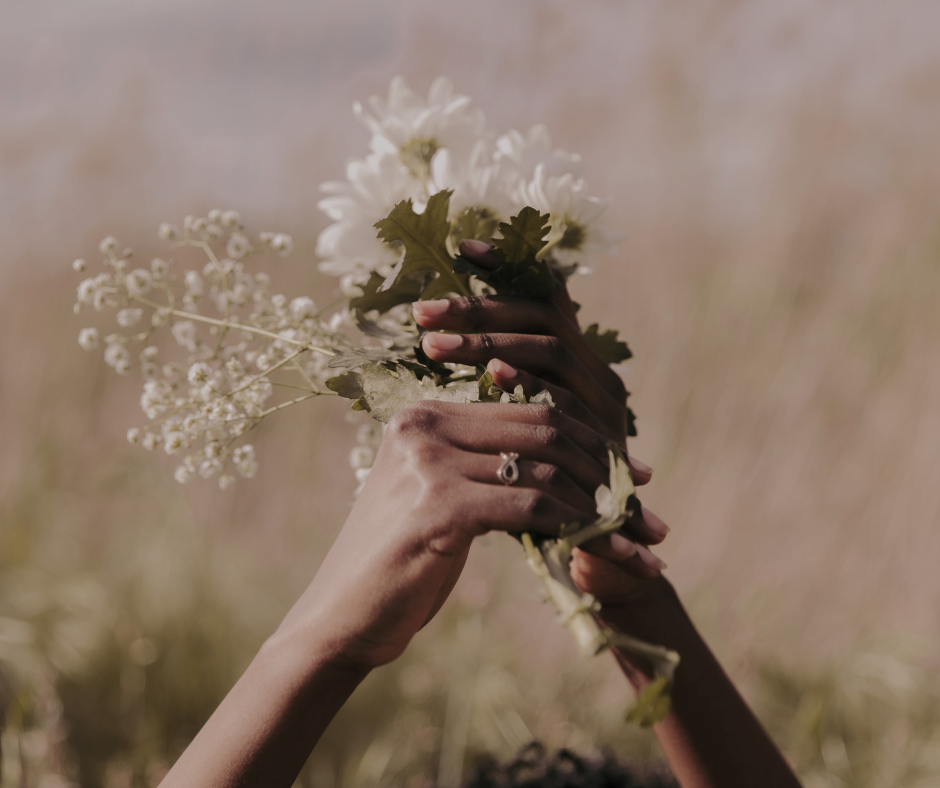

Pet-Safe Flowers to Beautify Your Home
Summary
Reflection Questions
Journal Prompt
We all want to surround ourselves with beautiful cut flowers while keeping our furry friends safe. Unfortunately, many flowers can pose a risk to our beloved cats and dogs. In this post, we explore pet-safe flowers, addressing common concerns about what flowers are safe for cats and dogs. We also share tips to help you create a home that’s both stylish and safe for your four-legged pals. From African Violets to Roses and other flowers, these are the pet-safe flowers to consider in your home. But remember: different pets have different needs. Safe flowers for your rabbit might not be so for your cat.
Understanding Plant Toxicity in Pets
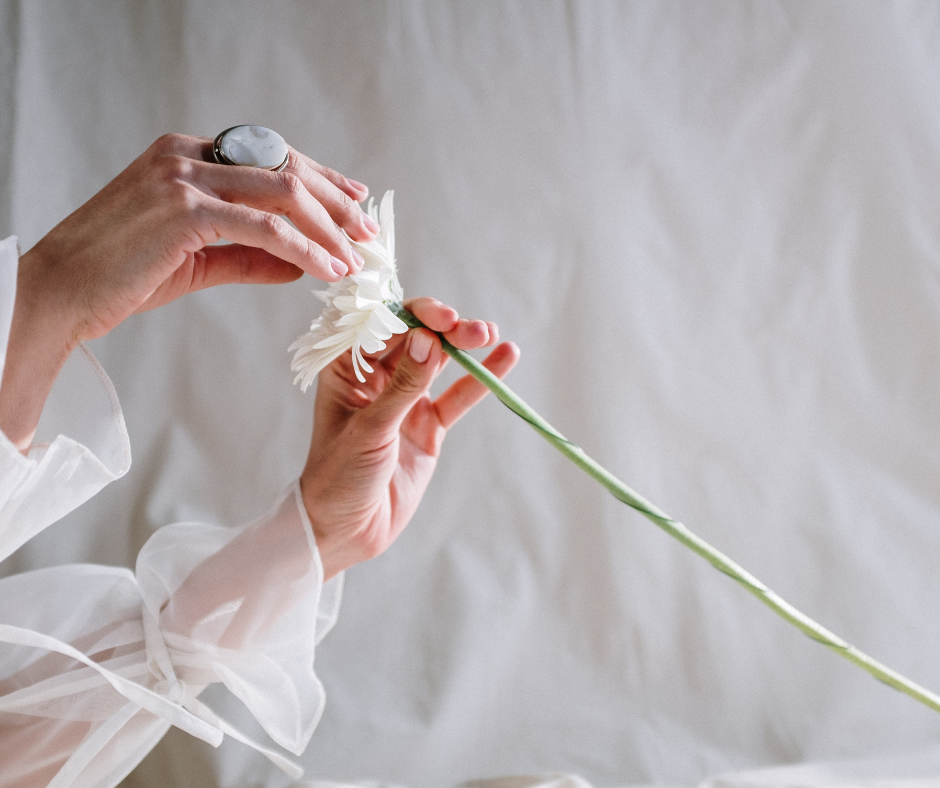

While plants undoubtedly add vibrancy to our homes, it’s crucial to recognize that not all flowers are pet-safe. Toxicity in plants can stem from various compounds, potentially leading to health issues in cats and dogs. From upset tummy issues to more severe concerns like labored breathing—it’s vital to stay informed.
Common symptoms of plant toxicity in our feline and canine companions encompass gastrointestinal discomfort, lethargy, vomiting, diarrhea, emphasizing the importance of awareness. When choosing floral arrangement options or potted plants, opt for non-toxic options like gerbera daisies, wax flower species,, and stock flowers. Not all flowers belong to the same family, and some may be harmful, so ensure you go for pet-safe alternatives
Understanding these differences is crucial for pet owners, emphasizing the need for tailored research into the specific plants that could be harmful to their particular furry companions. It highlights the intricate and sometimes unpredictable nature of how different plants interact with the diverse biology of various pets.
Pet-Safe Flowers for Your Home
Curating a pet-friendly haven? Here’s a detailed list of flowers that not only add beauty to your space but also ensure your furry pals stay safe and sound.
African Violets


African Violets are charming indoor plants known for their velvety petals and vibrant hues. These compact wonders thrive in indirect light and well-draining soil.
Roses


Description: The classic Rose, a symbol of love, is also a pet-friendly choice. Opt for organically grown roses without pesticides. Keep them in a sunny spot and water moderately.
Sunflowers
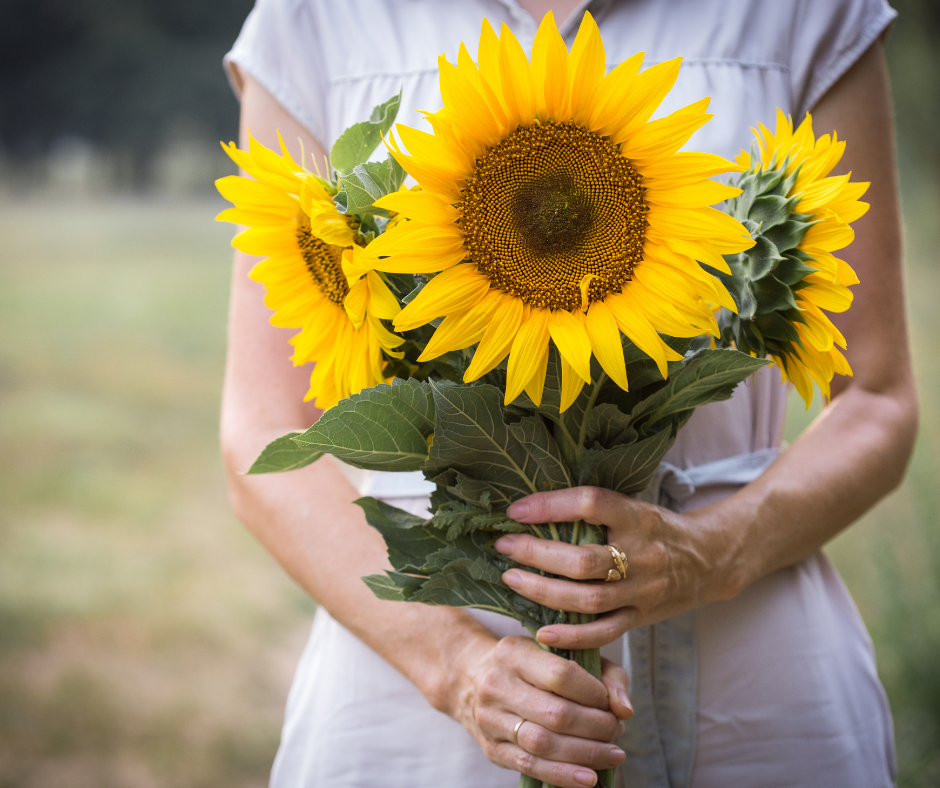

Bring the sunshine indoors with pet-safe Sunflowers. These cheerful blooms love basking in the sunlight. Ensure well-drained soil and moderate watering for these beauties.
Snapdragons


Snapdragons are vertical bloomers that enjoy full sun and regular watering. Plus, they’re safe for your pets to be around.
Orchids
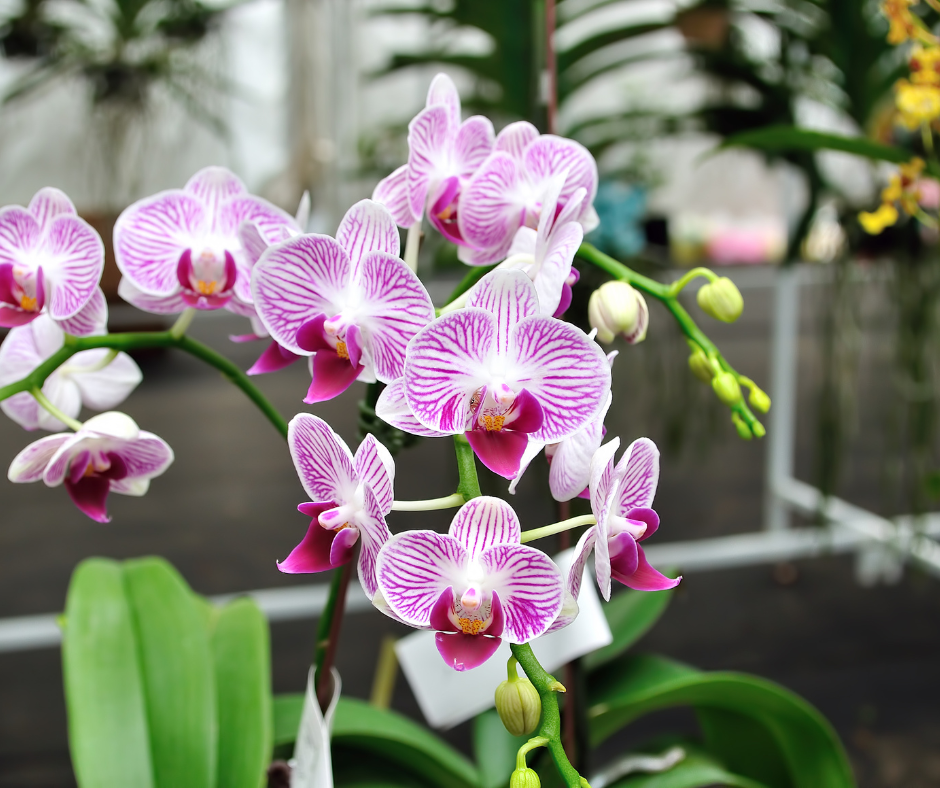

Consider the elegant orchid. Orchids are not only exquisite but also pet-safe. These low-maintenance beauties thrive in bright, indirect light. Allow the soil to dry between watering.
Petunias
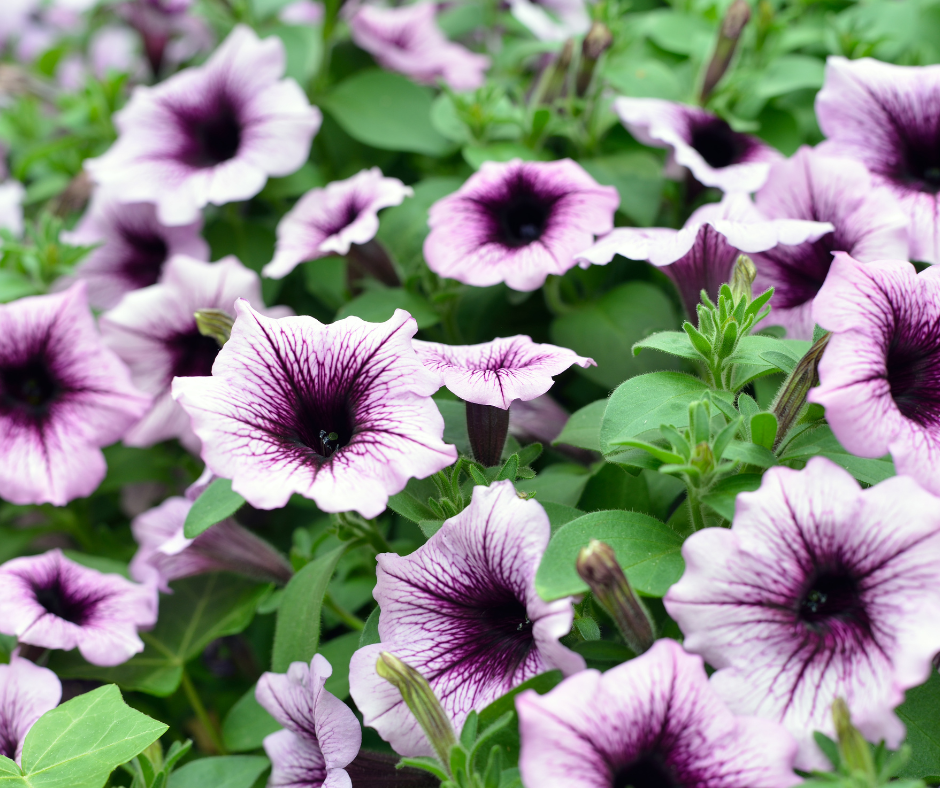

Petunias come in a variety of colors and are perfect for pet-friendly homes. These annuals love sunlight, and regular deadheading promotes continuous fragrant blooms.
Ensure your pets stay safe with these non-toxic flowers, preventing issues like mild stomach upset or skin irritation. Steer clear of toxic flowers, especially those in the lily family, as they can lead to kidney failure in pets. Opt for pet-safe options, like sea lavender or citrus trees, with a bitter taste to deter curious pets.
Considerations When Choosing Flowers
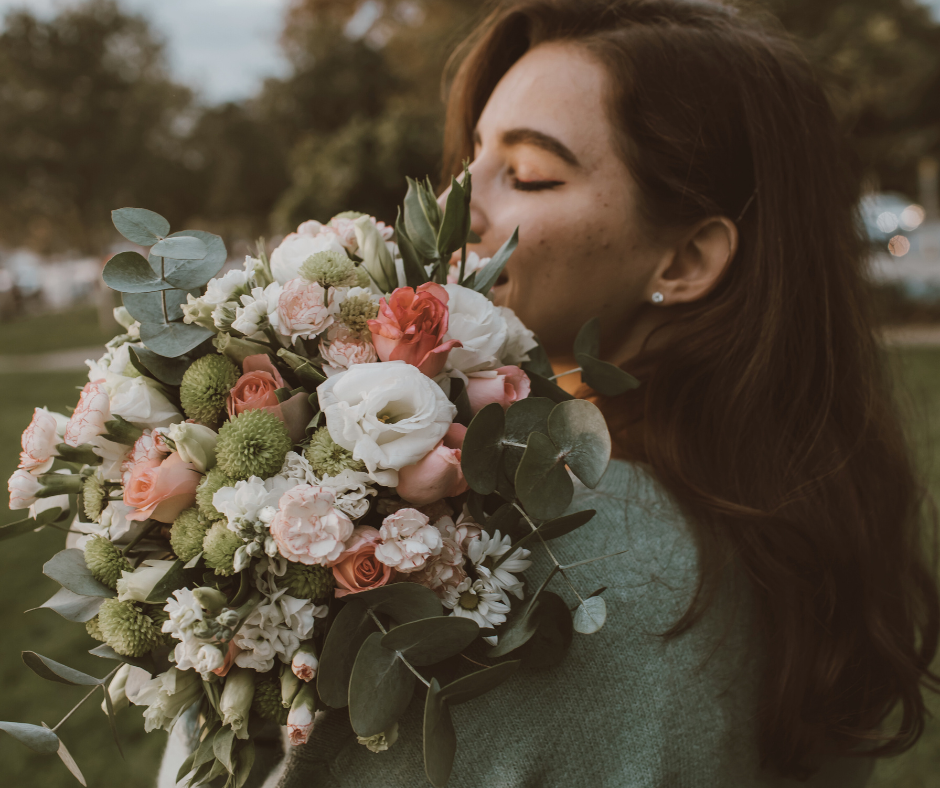

Just like us, pets can have pollen allergies. Dogs and cats, just like their human counterparts, may exhibit allergic reactions in response to pollen from various plants. The common symptoms can include sneezing, itching, watery eyes, and in some cases, respiratory issues.
Opt for flowers with minimal pollen production to reduce the risk of allergies in your furry friends. Blooms like roses and petunias are great choices. Prevent accidental ingestion or contact by strategically placing flowers. Elevated spots, hanging baskets, or designated pet-free zones can help keep your floral arrangements out of reach. Be mindful of low-lying plants that may tempt curious pets.
While we’ve explored pet-safe flowers, it’s equally crucial to steer clear of toxic varieties. Plants like lilies, which are highly toxic to pets especially cats, should be completely avoided. Stay informed about the specific plants that may pose risks to your pets.
Even with pet-safe choices, it’s wise to monitor your pets for any allergic reactions. Look out for symptoms like skin irritation or gastrointestinal upset. If you notice any adverse reactions, consult your veterinarian promptly.
Creating a pet-friendly floral collection shouldn’t just be about aesthetics. It’s also important to safeguard your pet’s health. As a responsible pet parent, staying informed about non-toxic plant materials and being mindful of potential risks ensures a beautiful and safe environment for your furry companions.
Flowers to Avoid Around Cats and Dogs


Many plants contain compounds that, when ingested by cats or dogs, can lead to various health issues ranging from mild gastrointestinal upset to severe toxicity and, in some cases, even death.
Lilies: Highly toxic, especially to cats. Ingestion can lead to kidney failure, even in small amounts.
Tulips: Contain toxins that can cause vomiting, diarrhea, and, in severe cases, difficulty breathing.
Azaleas: Contain toxins that can lead to gastrointestinal upset, drooling, lethargy, and potentially more severe issues.
Oleander: Extremely toxic, affecting the heart and causing symptoms like vomiting, slowed heart rate, and even death.
Daffodils: Ingesting any part can lead to symptoms such as nausea, vomiting, and abdominal pain.
Hydrangeas: Contain toxins that can cause vomiting, diarrhea, and in some cases, lethargy.
Sago Palm: Highly toxic, affecting the liver and leading to symptoms like vomiting, diarrhea, seizures, and potentially death.
These flowers, while commonly found in gardens or as gifts, can pose serious risks to our four-legged friends. When considering flowers for your home, opt for pet-safe alternatives to ensure the well-being of your furry companions.
A great gift idea is to choose low-maintenance, non-toxic flowers and plants, creating a feline-friendly or dog-safe flower environment. Keep flowers out of a cat’s reach, ensuring that the floral display doesn’t become a “cat’s meow” or a potential hazard for dogs. Remember, it’s not just about the type of flower but also the quantity, as large quantities can be harmful.
Toxic Flowers for Rabbits
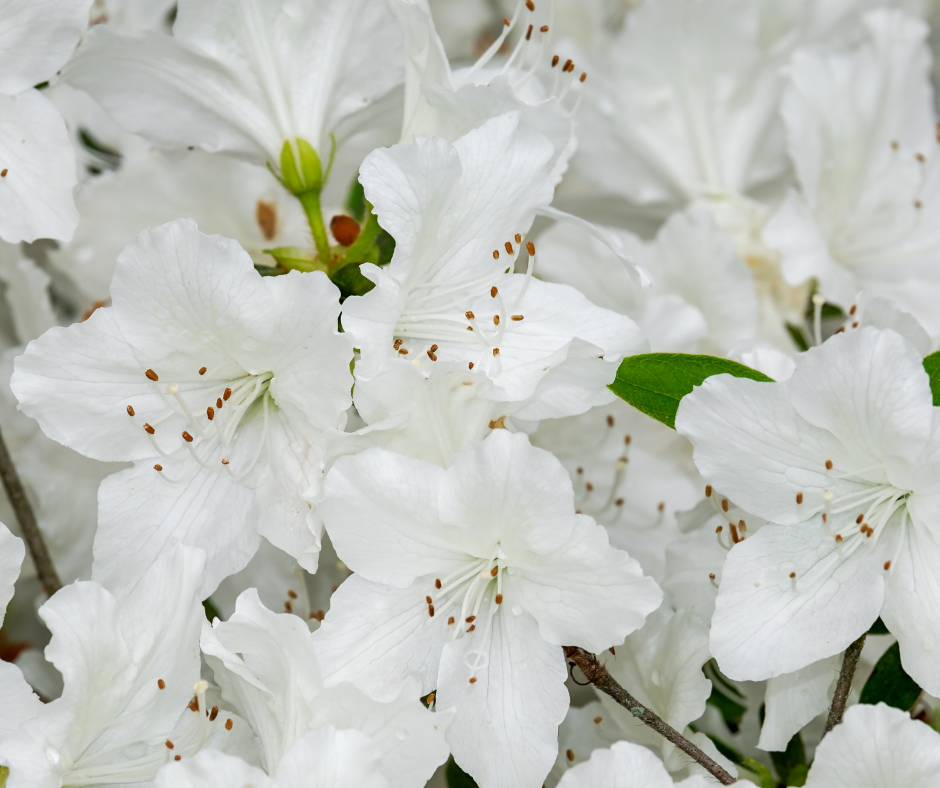

While rabbits are delightful companions, it’s essential to be aware of flowers and plants that can be harmful to them. For example, lilies are highly toxic to rabbits. Ingestion can lead to kidney failure. Foxglove contains toxins affecting the heart, leading to symptoms like irregular heartbeats, nausea, and even death.
Oleander is also extremely toxic, affecting the heart and causing symptoms like vomiting, slowed heart rate, and potentially death. Azaleas contain toxins that can lead to gastrointestinal upset, drooling, lethargy, and potentially more severe issues. Ingesting any part of daffodils can lead to symptoms such as nausea, vomiting, and abdominal pain.
Watch out for signs of poisoning in rabbits, including gastrointestinal distress marked by symptoms like diarrhea, vomiting, and abdominal pain. Keep an eye on lethargy, characterized by unusual tiredness or a lack of energy.
If you notice difficulty breathing, such as labored or rapid breathing, or irregular heartbeats—especially after potential exposure to cardiac toxins like oleander or foxglove—act swiftly. In such cases, seek immediate veterinary attention for your rabbit. Prevention is paramount, so create a safe and healthy environment for your furry friend by ensuring it’s free from harmful plants
Hazardous Plants for Birds
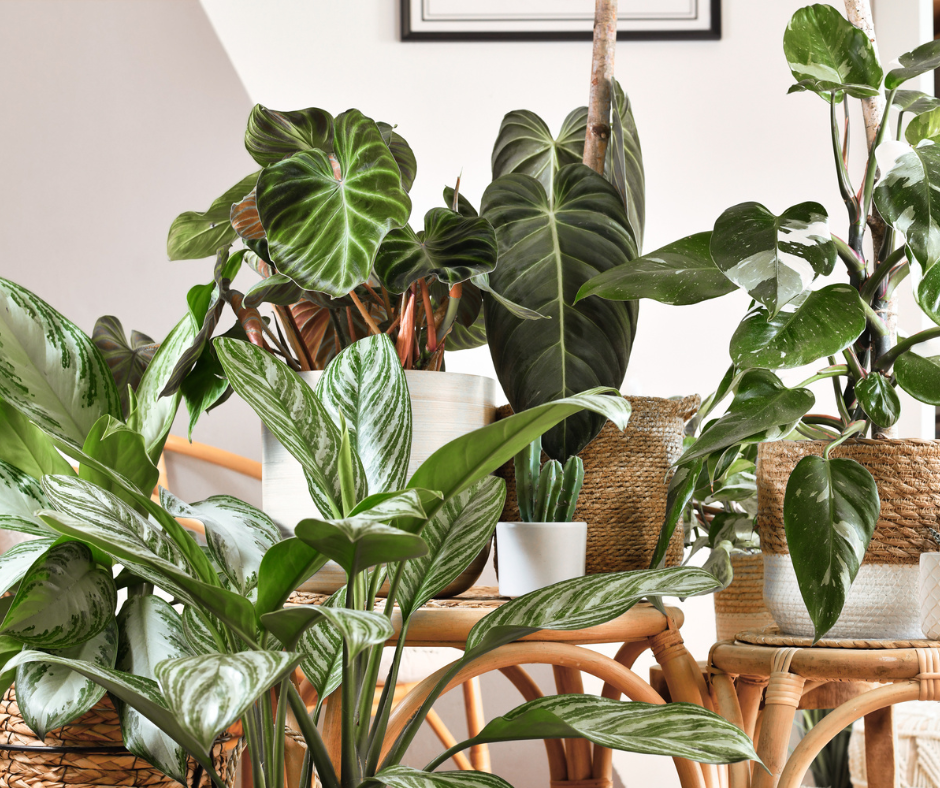

When it comes to our feathered friends, creating a safe environment is crucial. Ingesting parts of azalea plants can lead to toxicity in birds, causing symptoms like vomiting, diarrhea, and lethargy. In severe cases, it may result in more critical issues.
While popular in households, philodendron contains oxalate crystals that can be harmful to birds. Ingestion may lead to oral irritation, difficulty swallowing, and digestive discomfort. Commonly known as “dumb cane,” dieffenbachia contains calcium oxalate crystals. Ingesting this plant can cause intense burning and irritation in a bird’s mouth, leading to difficulty in eating and potential respiratory issues.
Bird owners should exercise caution and ensure that their feathered companions’ surroundings are free from these hazardous plants.
Dangerous Flora for Reptiles


When it comes to the well-being of our scaly companions, being aware of dangerous flora is paramount. Ingesting ivy can be harmful to reptiles, causing digestive issues and potential toxicity. Pothos plants contain compounds that can be toxic to reptiles if ingested, leading to gastrointestinal discomfort. Chrysanthemums, while visually appealing, can pose risks to reptiles due to certain compounds. Ingestion may lead to adverse effects.
It’s crucial for reptile owners to research plant safety specific to the type of reptile they have. Different species may have varying sensitivities to plants, and what’s harmless for one reptile could be toxic to another.
Safe Decorating Tips


When adorning your space with flowers and plants, it’s essential to prioritize the safety of your furry companions. When beautifying your living space with flowers, prioritize the safety of your beloved pets. Opt for flowers generally considered safe for cats and dogs, with sunflowers, roses, and petunias being generally considered safe options.
It’s crucial to steer clear of toxic varieties like lilies and chrysanthemums, ensuring your chosen blooms pose no harm to your furry friends. To further enhance safety, create elevated displays using hanging baskets or placing them in high spots to prevent easy access for curious pets.
Establish specific pet-free zones within your home, designating high shelves or dedicated rooms for displaying flowers without worry. If you enjoy crafting floral arrangements, use non-toxic plant materials such as sea lavender or safe foliage. Additionally, consider alternatives like silk or dried flowers for equally appealing displays that pose no risk to your pets.
Alternatives to Live Flowers
For pet owners who prefer not to risk live plants, alternatives like silk or artificial flowers can offer a practical and visually appealing solution. Silk flowers provide a realistic appearance and texture, mimicking the beauty of live blooms without the associated risks to pets.
The benefits include longevity and low maintenance, as silk flowers don’t require water or sunlight. On the downside, they may accumulate dust and may not provide the natural fragrance associated with live flowers.
Artificial flowers, made from materials like plastic or fabric, offer a cost-effective and durable option. They are often easy to clean but might lack the lifelike appearance of silk flowers. While both alternatives eliminate the concern of toxicity, some pet owners may miss the authenticity and scent of real flowers.
Ultimately, the choice between live and artificial alternatives depends on personal preference, considering factors like aesthetics, maintenance, and the safety of furry companions.
Creating a Pet-Friendly Garden
Creating a pet-friendly garden can be a rewarding endeavor if space allows. Opt for outdoor plants and flowers that are safe for cats and dogs, such as sunflowers, roses, and petunias. These options not only add vibrancy to your garden but also eliminate the worry of potential toxicity to your furry companions.
Designate specific areas for your pets to explore, incorporating elements like pet-friendly grass and non-toxic plants. Avoid toxic varieties like lilies and azaleas, and consider creating paths or play zones to guide your pets away from potentially harmful areas.
Additionally, secure the garden by installing fences or barriers to prevent pets from wandering into unsafe areas. Providing shaded spots and water stations ensures a comfortable environment for pets to enjoy the outdoors. By carefully selecting pet-safe plants, creating designated zones, and implementing safety measures, you can establish a garden that not only flourishes but also becomes a delightful and secure space for your beloved cats and dogs.
What to Do in Case of Ingestion
In the unfortunate event that your pet ingests potentially harmful plant material, swift action is crucial. If you suspect toxicity, contact your veterinarian or an emergency veterinary service immediately. Time is of the essence, and providing them with information about the ingested plant can aid in quick and accurate assistance.
For immediate guidance, you can also contact the Pet Poison Helpline or the ASPCA Animal Poison Control Center. These organizations have professionals available 24/7 to provide assistance in case of pet poisonings. Keep their contact information readily accessible, and be prepared to share details about the plant, the amount ingested, and your pet’s current condition. Remember, early intervention significantly increases the chances of a positive outcome, so don’t hesitate to seek professional help if you suspect your pet has ingested a toxic plant.
Final Thoughts on Selecting the Perfect Pet-Safe Flower


Choosing pet-safe flowers ensures the health and safety of our beloved furry companions. By selecting flowers such as sunflowers, roses, and petunias that are known to be safe for cats and dogs, pet owners can create a beautiful and vibrant environment without compromising their pets’ well-being.
It’s essential to be aware of the potential toxicity of certain flowers, like lily toxicity and chrysanthemums, and to take proactive measures to pet-proof living spaces, whether indoors or in outdoor gardens. Through elevated displays, designated pet-free zones, and careful consideration of non-toxic alternatives, pet owners can strike a balance between enjoying the beauty of flowers and providing a safe haven for their four-legged friends.
Achieving a perfect blend of floral aesthetics and pet safety ensures a harmonious coexistence, allowing you to enjoy the beauty of blooms without compromising the well-being of your pets. Strike that balance and let your living space be a haven where both the vibrant colors of flowers and the wagging tails of your pets create a picture-perfect scene.
By Armela E.








